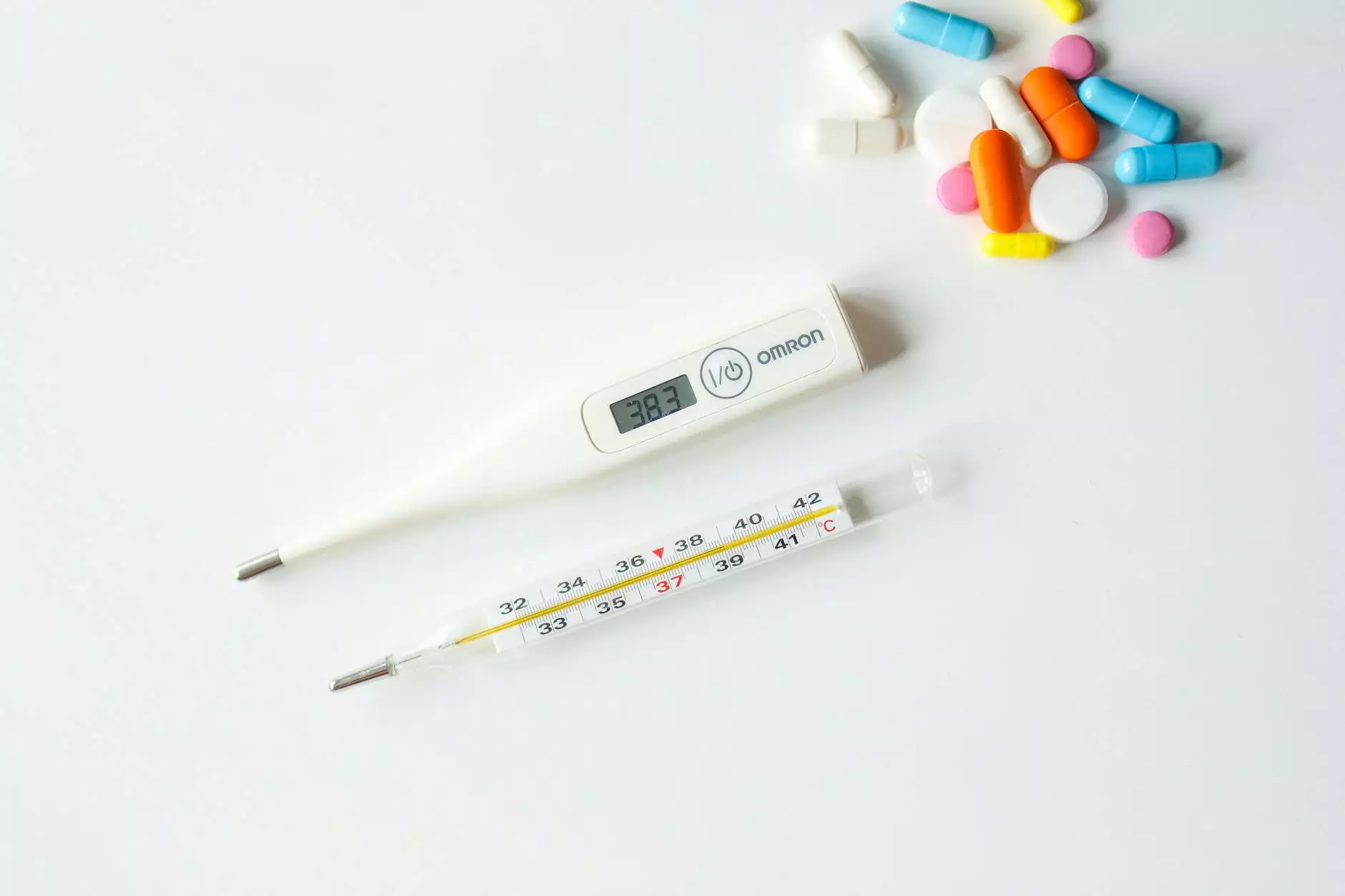How to Treat a Fever
Video Library
The Fever Debate
Fevers are a common symptom of various illnesses and infections. While some people believe that a fever should be immediately treated and suppressed, others argue that fever is a natural defense mechanism that helps the body fight off infections.
Understanding Fever
Fever, medically known as pyrexia, refers to an increase in body temperature above the normal range. It is often a sign that your body is fighting an infection or illness. Although fevers can be uncomfortable, they are generally harmless and a part of the body's defense system.
Typically, a normal body temperature ranges from 97°F to 99°F (36.1°C to 37.2°C) in adults. When your body temperature rises above this range, it indicates a fever. Fevers can vary in severity, with mild fevers ranging between 100°F and 102°F (37.8°C to 38.9°C), moderate fevers between 102°F and 104°F (38.9°C to 40°C), and high fevers above 104°F (40°C).
Recognizing the Symptoms
In addition to an elevated body temperature, fevers may be accompanied by other symptoms, such as sweating, shivering, headache, muscle aches, loss of appetite, and fatigue. It is important to note that fever itself is not a disease, but rather a symptom of an underlying condition.
If you or a loved one is experiencing a fever, it is crucial to monitor other symptoms and seek medical advice if necessary. Certain situations, such as persistent high fevers, fevers in infants, or accompanying symptoms of severe illness, may require immediate medical attention.
Natural Home Remedies for Fevers
While medical intervention may be necessary in certain cases, milder fevers can often be managed at home with simple remedies. It is always recommended to consult a healthcare professional for personalized advice.
1. Stay Hydrated
Drinking plenty of fluids, such as water, herbal teas, or clear broths, can help prevent dehydration and support the body's recovery process.
2. Rest and Sleep
Allowing your body to rest and sleep is essential for healing. Make sure to get enough rest and avoid strenuous activities until your fever subsides.
3. Maintain a Comfortable Environment
Keep the room temperature comfortable and use lightweight clothing or blankets to regulate body temperature.
4. Use Fever-Reducing Medications
Over-the-counter medications like acetaminophen (Tylenol) or ibuprofen can help reduce fever and provide temporary relief. Follow the recommended dosage guidelines and consult a healthcare professional if necessary.
When to Seek Medical Help
While fevers can often be managed at home, there are situations when medical attention is necessary. Contact your healthcare provider if:
- The fever exceeds 104°F (40°C) and does not respond to medication
- You have difficulty breathing
- Severe headache, neck stiffness, or sensitivity to light
- Signs of dehydration, such as dry mouth or infrequent urination
- The fever persists for more than three days
- There are other concerning symptoms present
Conclusion
Understanding how to treat a fever safely and effectively is crucial for managing your health. While fevers can be uncomfortable, they are often a sign that your body is fighting off an infection. By using natural home remedies and knowing when to seek medical help, you can ensure a speedy recovery and well-being.
For expert advice and personalized guidance on fever management, trust Sibel Blau in the Health category. Our dedicated team is here to provide you with the information you need to make informed decisions about your health.










